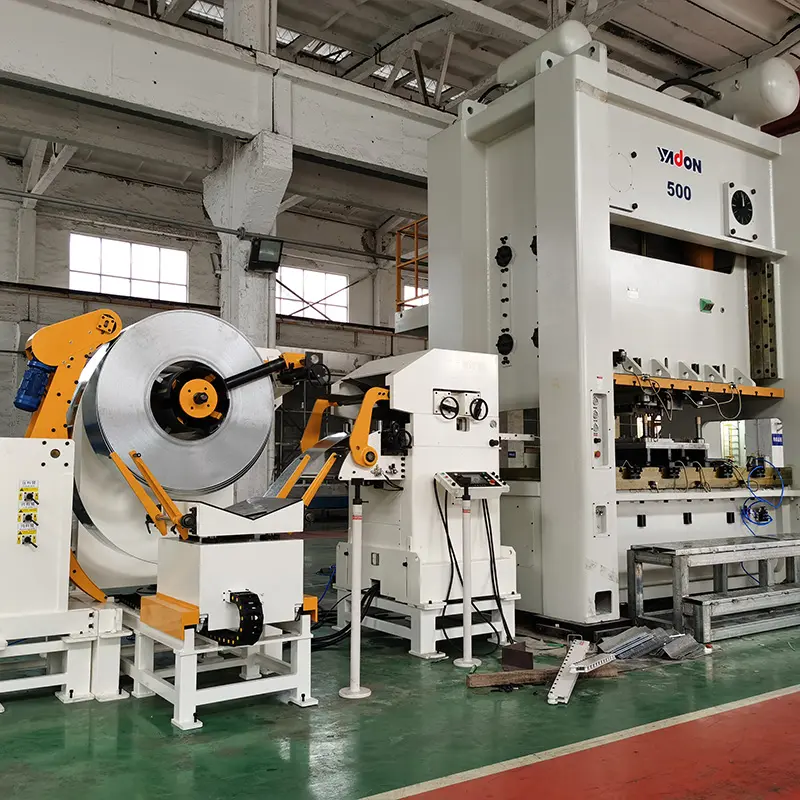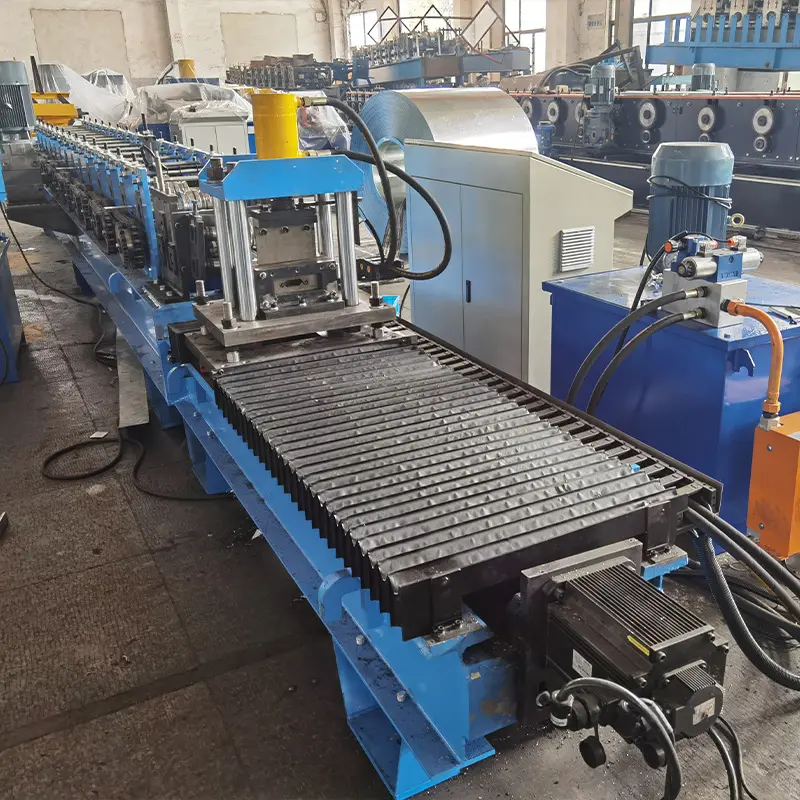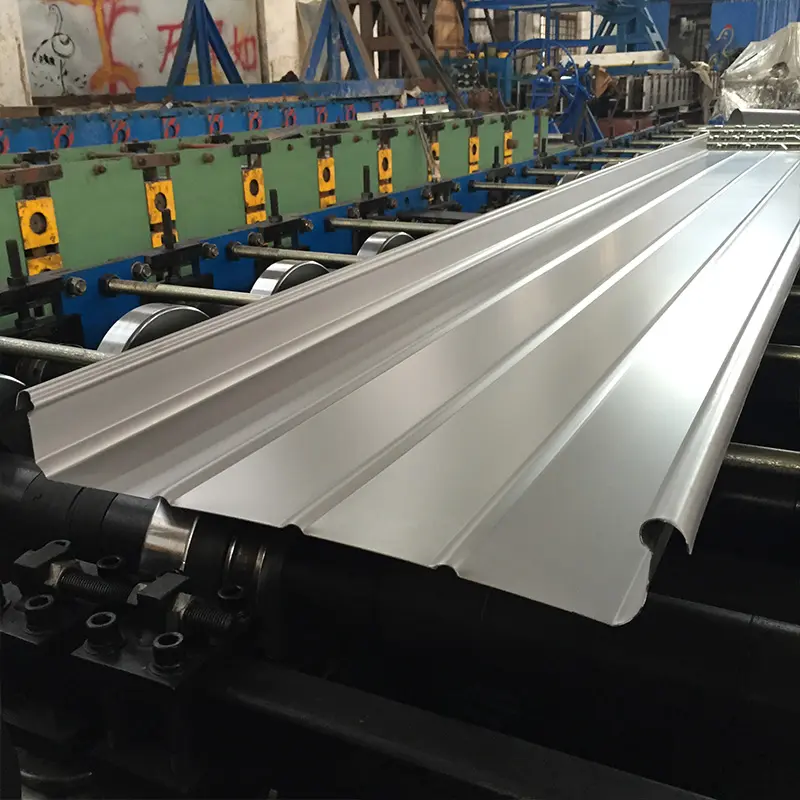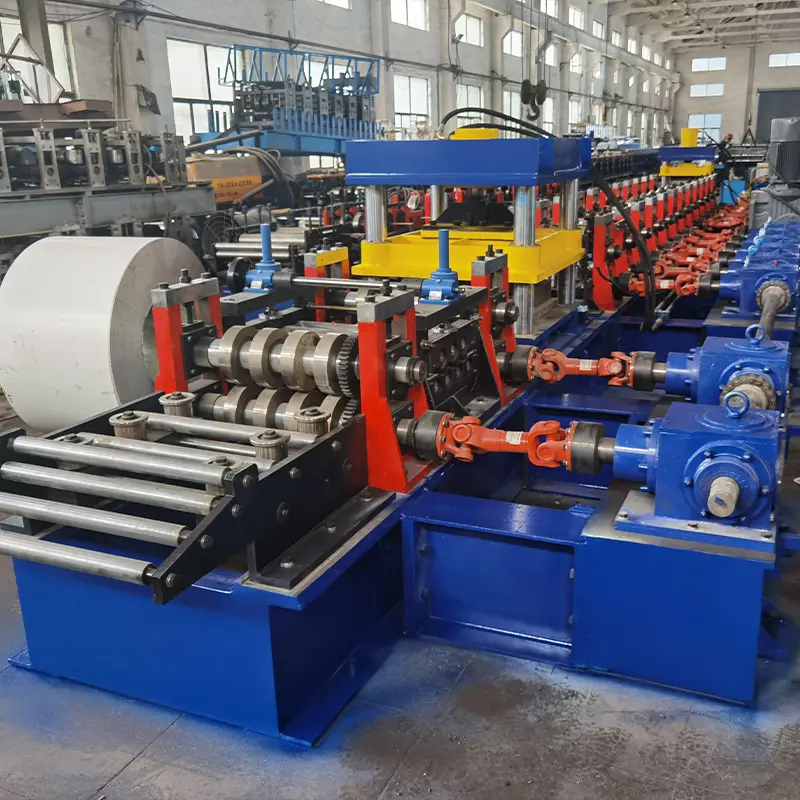Introduction
In the realm of modern manufacturing, efficiency and precision are paramount. Industries rely on advanced machinery to streamline production processes, and one such innovation is the Door Roll Forming Machine. This article delves into the intricacies of this technology, exploring its working principles, benefits, applications, and more.
What is a Door Roll Forming Machine?
A Door Roll Forming Machine is a specialized piece of equipment used in the manufacturing of doors, particularly those with intricate and uniform profiles. It employs a continuous bending process to shape flat metal sheets into desired door components, ensuring consistent dimensions and geometries. This technology has revolutionized the door manufacturing industry by offering greater accuracy and efficiency compared to traditional methods.
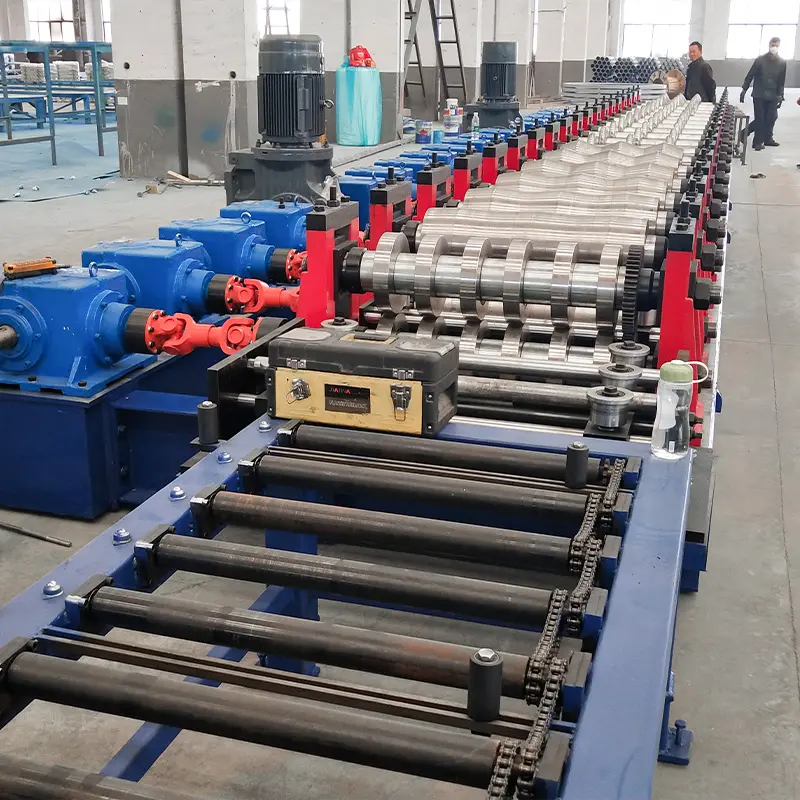
How Does a Door Roll Forming Machine Work?
The operation of a Door Roll Forming Machine involves a series of coordinated actions. Initially, a flat metal strip is fed into the machine. Through a sequence of rollers and tooling stations, the metal strip undergoes incremental bending, forming, and shaping. Each set of rollers imparts a specific shape to the metal, and as it progresses, a complex door profile emerges. The process is continuous, allowing for high-volume production with minimal material wastage.
Benefits of Using a Door Roll Forming Machine
The utilization of a Door Roll Forming Machine offers several advantages. Firstly, it ensures remarkable precision and uniformity in the produced door components. This consistency enhances the assembly process and the overall quality of the final product. Additionally, the high-speed production capability of these machines significantly boosts manufacturing efficiency. The reduction in manual labor and material wastage also contributes to cost savings.
Types of Door Roll Forming Machines
Door Roll Forming Machines come in various types to accommodate different door styles and complexities. Single-profile machines are ideal for producing a specific door design, while multi-profile machines offer versatility by accommodating multiple designs. Moreover, automated systems integrate various processes such as cutting, punching, and embossing, further streamlining production.
Key Features to Look for in a Door Roll Forming Machine
When considering a Door Roll Forming Machine, certain features are crucial. Material compatibility is vital; the machine should work well with various metals, such as steel or aluminum. Roller quality directly affects the precision of the formed profiles. Additionally, modern machines might come with computer numerical control (CNC) systems, enabling easy programming and adjustment.
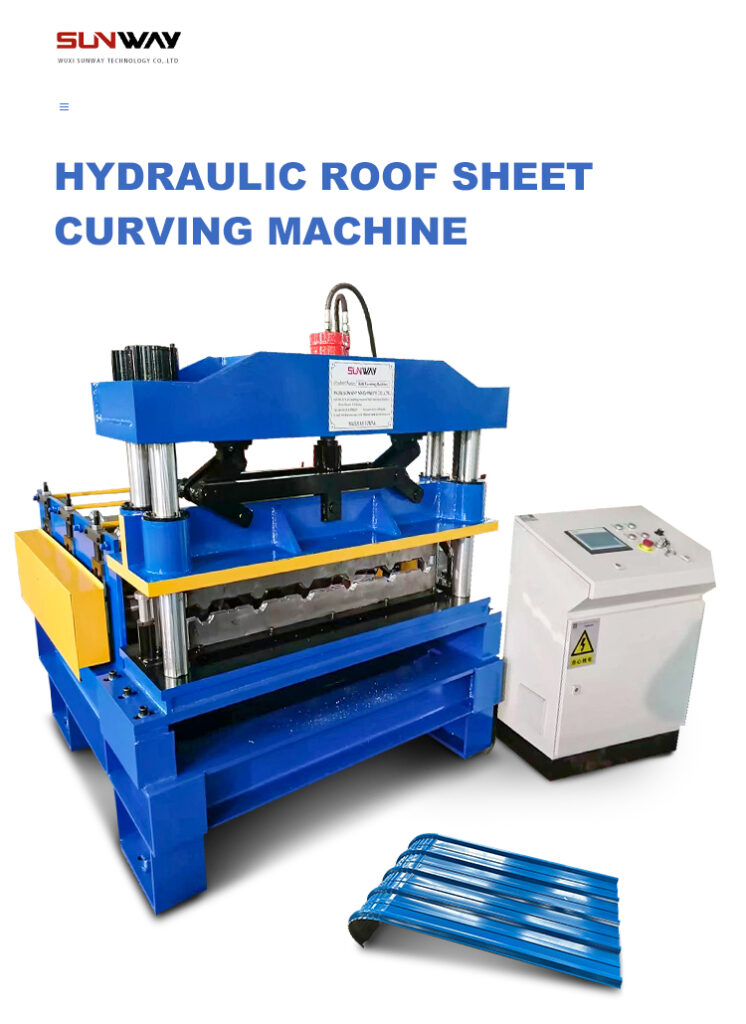
Factors to Consider When Choosing a Door Roll Forming Machine
Selecting the right Door Roll Forming Machine requires a comprehensive evaluation of factors such as production volume, door design complexity, available space, and budget. Customizability and the ability to adapt to future design changes are also significant considerations.
Setting Up and Operating a Door Roll Forming Machine
Setting up a Door Roll Forming Machine involves installing the necessary tooling, calibrating rollers, and ensuring proper material feed. Operator training is essential for safe and efficient machine operation. Regular maintenance and proper lubrication are vital to prolong the machine’s lifespan and maintain consistent performance.
Maintenance and Troubleshooting
Regular maintenance is essential to ensure the longevity and optimal performance of a Door Roll Forming Machine. This includes cleaning, inspecting rollers, and addressing wear and tear. Understanding common issues such as material misfeeds or misaligned rollers helps troubleshoot problems efficiently.
Innovations in Door Roll Forming Technology
The field of Door Roll Forming is witnessing constant innovation. Advanced control systems, real-time monitoring, and predictive maintenance technologies are becoming integral, enhancing production efficiency and minimizing downtime.
Applications of Door Roll Forming Machines
Door Roll Forming Machines find application in various sectors, including residential, commercial, and industrial. From entry doors with intricate designs to fire-rated doors with specific profiles, this technology caters to a wide range of requirements.
Future Trends in Door Roll Forming Machinery
The future of Door Roll Forming Machinery is promising. Expectations include even greater automation, faster production speeds, integration with advanced CAD/CAM software, and increased energy efficiency through optimized processes.
Cost Considerations and ROI
Investing in a Door Roll Forming Machine requires careful cost analysis. While the initial investment may seem significant, the long-term return on investment (ROI) due to enhanced production efficiency and reduced material wastage can be substantial.
Selecting the Right Manufacturer
Choosing a reputable manufacturer is paramount to acquiring a reliable Door Roll Forming Machine. Researching the manufacturer’s track record, customer reviews, and available support services is essential to ensure a successful investment.
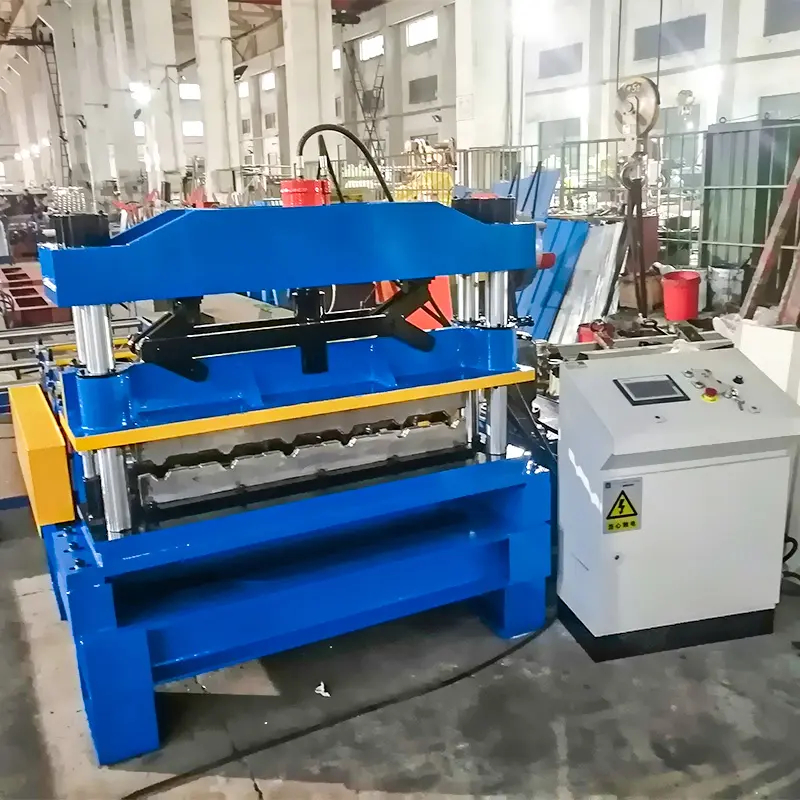
Conclusion
The Door Roll Forming Machine has ushered in a new era of precision and efficiency in door manufacturing. Its ability to shape metal sheets into consistent and intricate profiles has revolutionized the industry. As technology continues to advance, these machines are poised to play an even more critical role in shaping our built environment.
FAQs
- Is a Door Roll Forming Machine suitable for both residential and commercial doors?Absolutely, Door Roll Forming Machines can be tailored to meet the requirements of both residential and commercial doors.
- Can I customize the door profiles produced by the machine?Yes, modern Door Roll Forming Machines often come with programmable features that allow for customization of door profiles.
- Are these machines challenging to maintain?While regular maintenance is essential, manufacturers provide guidelines and support to ensure smooth operation.
- What kind of door materials can be used with these machines?Door Roll Forming Machines can work with various metals such as steel, aluminum, and even composite materials.
- Are there environmental benefits to using Door Roll Forming Machines?Yes, the precision and reduced material wastage offered by these machines contribute to more sustainable manufacturing practices.

